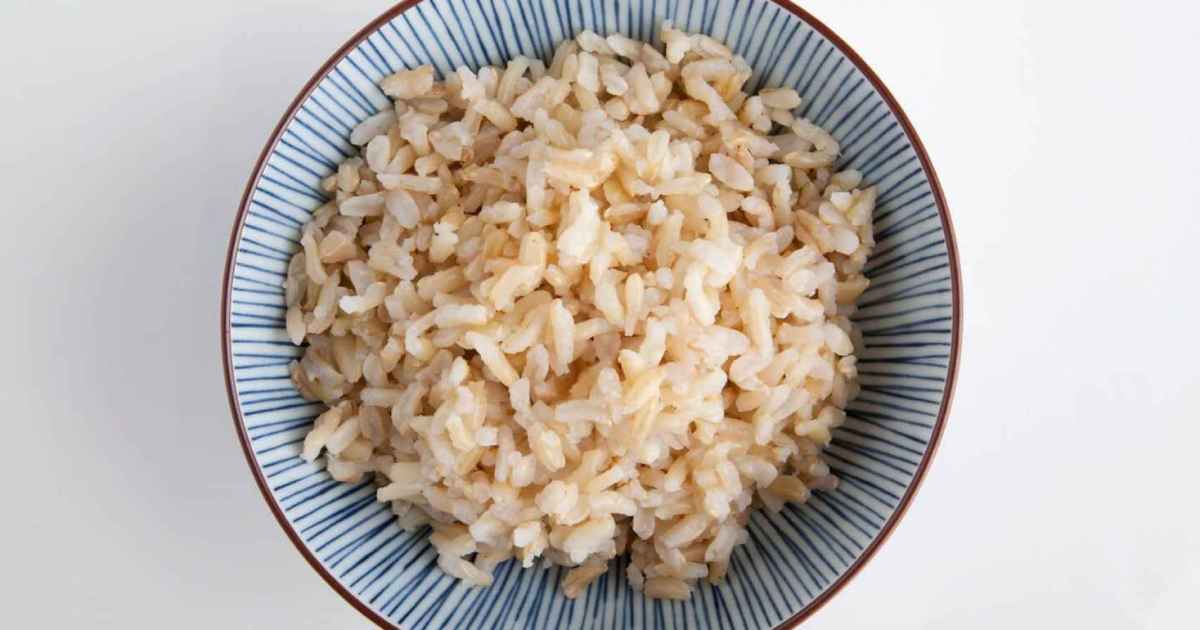Arsenic is a metal that naturally occurs in the earth’s crust. It is found in various concentrations in water and soil, mainly due to human activities, e.g mining and other industrial processes. However, there are also those of natural origin caused by volcanic activity or rock erosion. However, this element is also found in the fields where rice is planted. This element is stored mainly in the outer layer of the grain, which is removed to produce white rice. The first clue to find out which rice contains the most arsenic.
There are two forms of arsenic: inorganic and organic. Inorganic substances are known to be more toxic and the highest concentrations are found in brown rice. The reason is that arsenic is stored mainly in the outer part of the rice grain, namely in the husk. and whole grains, characterized precisely by retaining parts of the rice such as the outer, bran portion of the grain, are those with the highest concentrations of arsenic.
A number of studies have noted that long-term exposure to inorganic arsenic may be related to this various health problems, including cardiovascular disease, diabetes, and cancer. Chronic exposure produces cutaneous, cardiac, neurological effects and effects on neurodevelopment and glucose metabolism. In addition, inorganic arsenic is classified by IARC as carcinogenic to humans (group 1). Different groups, first based on epidemiological studies regarding its carcinogenic effects and, later, because of evidence linking it to lung, skin and bladder cancer, have varied and elaborated its safety values.
“Exposure to arsenic can vary depending on the type of rice, therefore, in the case of brown rice varieties, exposure to inorganic arsenic can be 70% higher than exposure from consumption of white rice varieties,” according to one study. report from the Generalitat Food Safety Agency, published in 2021.
This document indicates specific amounts of arsenic depending on the type of rice. round red rice, the clear winner for the concentration of this substance, had 229 µg/kg total arsenic, 190 of which was inorganic. Considering that the maximum allowable value is 200 µg/kg, even the type of brown rice that contains the most arsenic will be safe for consumption.
“The concentration of arsenic in rice depends mainly on the specific geographic region where it is grown. In this case, it turns out that rice grown in Spain contains much less arsenic than other rice, such as American or Chinese rice. In fact, a study conducted by researchers from Northern Ireland and Spain concluded that Spanish rice has low amounts of arsenicespecially in the autonomous communities of Andalusia, Murcia and Valencia and, furthermore, these amounts are well below the safe consumption limits set by EFSA,” says Mario Sánchez, Food Technology expert known for his Blog sefi foodin his book Don’t sink your teeth into the tomato pocho (Current Platform).
Experts suggest that brown rice, although it is the type with the highest concentration of arsenic, There’s not enough reason to stop using it.. The nutritional benefits far outweigh the possible dangers. A recommended practice is to wash the rice to remove some of the arsenic. In this case, it makes sense that the food is exposed to the powerful action of the kitchen faucet. Another strategy is to cook with a lot of water, similar to how you cook pasta, then drain the excess water after cooking.
Although it warns against consuming brown rice in the case of children. “They should not drink drinks or rice cakes if they are under six years old and limit their rice intake to four times a week. This recommendation comes from the health authorities in the city. countries such as Sweden and England as a consequence of high concentrations of arsenic in products made from rice. “Because apart from brown rice, other products that also raise concerns because of their arsenic concentration are rice-based products, such as the famous pancakes,” said Sánchez.

“Internet trailblazer. Troublemaker. Passionate alcohol lover. Beer advocate. Zombie ninja.”







